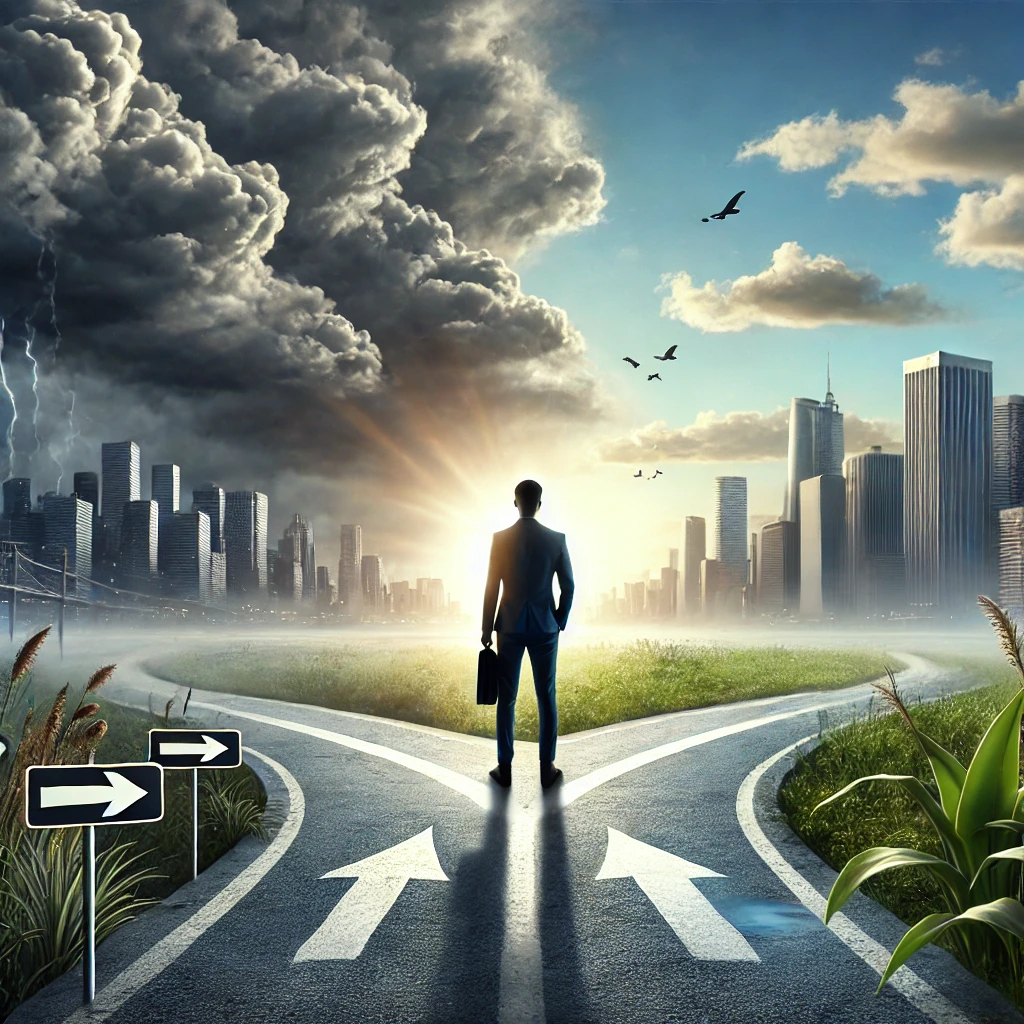5 min to read
Mastering DKIM: Google’s New Email Authentication Rules for 2024 Explained
Enhancing Email Security with DKIM, SPF, and DMARC

Introduction
Starting February 1, 2024, Google is introducing new email sending rules for Gmail users aimed at enhancing email security and reducing spam. These new rules require senders to verify their emails using specific authentication methods. By doing so, Google aims to ensure that the emails you receive are authentic and safe, thereby protecting users from spam and phishing attacks.
These changes are significant for everyone who relies on email, from businesses to individual users. For businesses, it means adopting new practices to comply with Google’s requirements. For individual users, it means a cleaner, safer inbox with fewer unwanted emails. Let’s dive into what these changes entail and how they will impact email communication.
What is DKIM?
DKIM, or DomainKeys Identified Mail, is a way to check if an email is truly from the person or organization it claims to be from. It adds a digital signature to the email, like a seal of authenticity, which can be verified by the recipient’s email server. This helps ensure that the email has not been tampered with and is genuinely from the stated sender.
How DKIM Works with SPF and DMARC
To enhance email security, DKIM works alongside SPF (Sender Policy Framework) and DMARC (Domain-based Message Authentication, Reporting, and Conformance). Here’s a brief overview of each:
1. SPF (Sender Policy Framework)
SPF is like a list of approved senders for your email domain. It helps identify which mail servers are allowed to send emails on behalf of your domain.
2. DKIM (DomainKeys Identified Mail)
DKIM adds a unique digital signature to each email sent from your domain. This signature is verified by the recipient’s email server to ensure the email hasn’t been altered and is genuinely from you.
3. DMARC (Domain-based Message Authentication, Reporting, and Conformance)
DMARC builds on SPF and DKIM. It tells receiving servers what to do if an email fails SPF or DKIM checks, helping protect your domain from unauthorized use.
How They Work Together
When an email is sent, the receiving email server performs these checks:
- SPF Check: Verifies the email is sent from an authorized server.
- DKIM Check: Verifies the digital signature to ensure the email hasn’t been tampered with.
- DMARC Check: Decides what to do with the email based on the results of the SPF and DKIM checks.
Diagram Explanation
Here’s a diagram to illustrate how DKIM, along with SPF and DMARC, works to authenticate an email:
- Sender: Sends an email.
- Sending Email Server: Processes the email.
- SPF, DKIM, and DMARC Checks: The receiving server checks the SPF record, verifies the DKIM signature, and follows the DMARC policy.
- Receiving Email Server: Delivers the email to the inbox, sends it to the spam folder, or rejects it based on the checks.
- DMARC Reports: Provides feedback to the sender about email authentication results.
By using DKIM together with SPF and DMARC, you can significantly improve your email security and ensure that your emails are trusted and delivered correctly. This helps protect against spam and phishing attacks and enhances the overall reliability of your email communications.
How to Check DKIM in Gmail
To verify DKIM, SPF, and DMARC for an email in Gmail, you can view the email’s original message details. Here’s a step-by-step guide:
- Open the Email: Go to your Gmail inbox and open the email you want to check.
- Click on More Options: In the top right corner of the email (next to the reply button), click on the three vertical dots to open more options.
- Select “Show Original”: From the dropdown menu, select “Show original.” This will open a new tab showing the email’s original message details.
In the original message view, you will see details about SPF, DKIM, and DMARC authentication results. For example, you might see:
- SPF: PASS with IP (followed by the sending IP address)
- DKIM: ‘PASS’ with domain (followed by the sender’s domain)
- DMARC: ‘PASS’
Here’s an example screenshot to illustrate:
This shows the authentication results for SPF, DKIM, and DMARC, helping you confirm that the email is genuine and hasn’t been tampered with.
Why is Google Implementing These Changes? 🌐
Google’s new requirements are designed to:
- Prevent Fake Emails 🛡️: Ensure emails come from real sources, reducing the risk of scams.
- Improve Delivery 📥: Verified emails are less likely to end up in the spam folder.
- Build Trust 🤝: By cutting down on spam and fake emails, users can trust their inbox more.
Key Changes and Requirements 📝
Starting February 1, 2024, if you send a lot of emails to Gmail addresses, you need to:
- Authenticate Emails ✅: Use SPF, DKIM, and DMARC to verify your emails.
- Keep Spam Low 📉: Make sure your emails have a low spam complaint rate.
- Easy Unsubscribe ✉️: Include a one-click unsubscribe option in promotional emails.
Email Spam Statistics 📊
To highlight the importance of these changes, here are some key statistics about email spam:
- Spam Prevalence: In 2023, 45.6% of all emails worldwide were identified as spam
- Spam by Country: The United States leads in sending spam emails, with over 8 billion spam emails sent daily
- Spam’s Financial Impact: Email spam costs businesses around $20.5 billion annually due to decreased productivity and technical expenses
- Phishing and Malware: Approximately 94% of all malware is delivered via email, making it critical to have strong email security
By following these new rules, organizations can protect their email domains from being used for scams and ensure their communications are safe and trustworthy.
Conclusion
Google’s new email rules for 2024 are a big step towards making email more secure. Using DKIM, along with SPF and DMARC, helps ensure that emails are genuine and trusted. By understanding and applying these protocols, you can protect your email, build trust with your audience, and improve your email deliverability.
For more information on implementing these changes and ensuring compliance, refer to the following resources:
- Google: Email sender guidelines
- New Gmail protections for a safer, less spammy inbox
- Digitopia Agency: Understanding Google’s Email Sending Changes in 2024
- Bleeping Computer: Google to bolster phishing and malware delivery defenses in 2024
- Valimail: New Email Sender Requirements for DMARC, SPF, and DKIM at Google and Yahoo




Comments